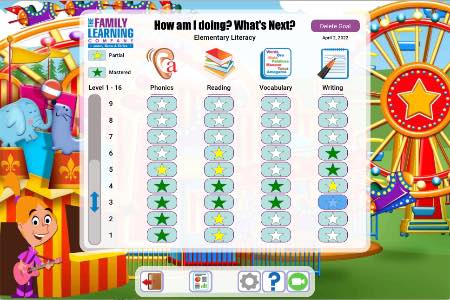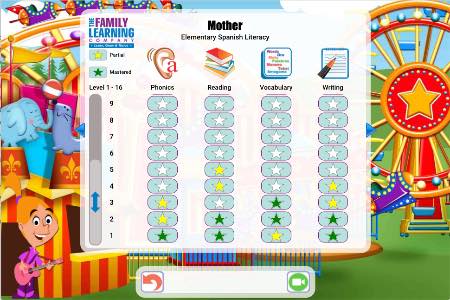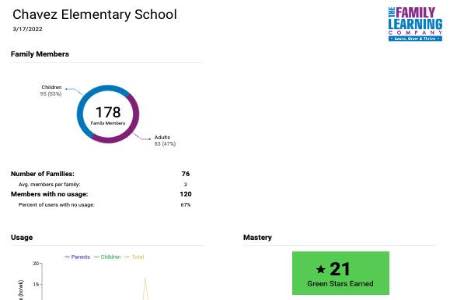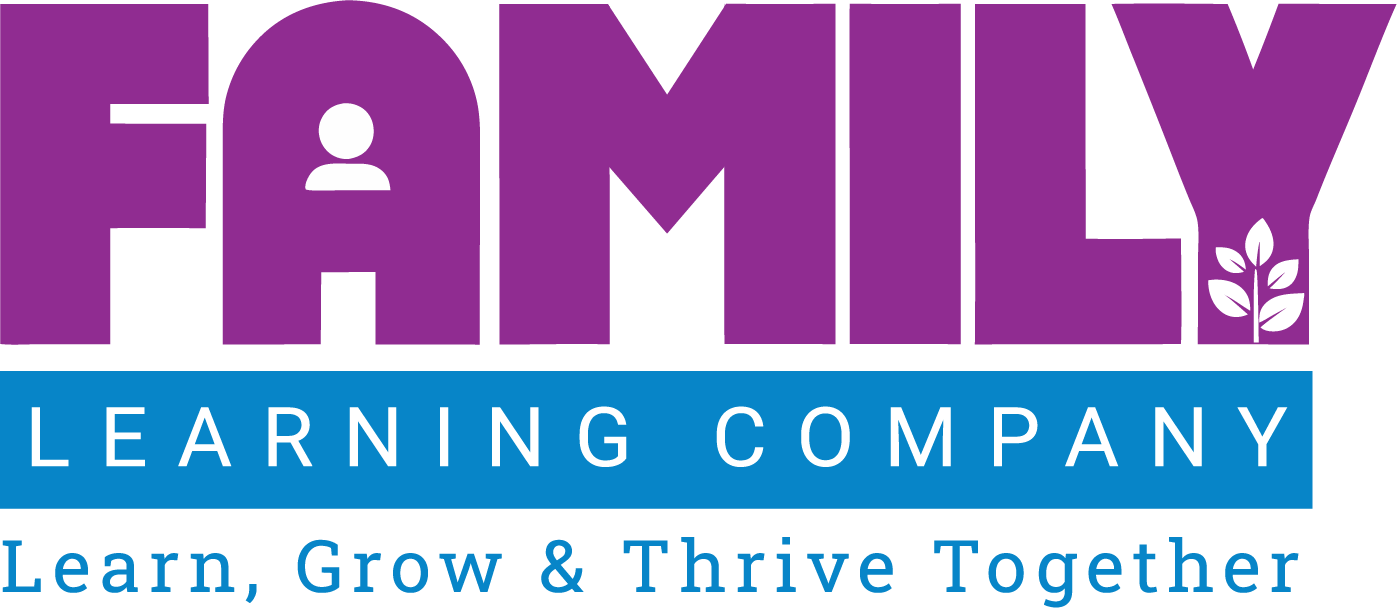Our Product - How it works

Interactive Family Literacy software revolutionizes literacy and family engagement through its multifaceted approach. With over 11,900 activities, it cultivates reading skills using the Science of Reading + Writing components—enhancing phonemic awareness, decoding, vocabulary, fluency, comprehension, and writing. Offering a dual-language framework, it supports learners in their online reading journey in both English and Spanish. This software encourages family engagement by enabling multiple logins, shared learning goals, and accessible progress reports. Its learner-centric design empowers individuals to control their learning path, fostering a collaborative and effective environment to improve reading while involving families in the educational journey.
Family Learning Software
For software to be family learning software it must include activities designed to help children and parents learn together. This is exactly what Interactive Family Literacy does. There are a number of family features that encourage family members to learn together.
Multiple Logins
We encourage family members to work together by allowing multiple family members to log in at the same time and share the screen. That’s the most fun, and the most effective.
Setting Learning Goals
The goals that you share with others are the goals that you achieve. We encourage both children and adults to set learning goals, and they must both sign off on the goals to set them.
Sharing Reports
All family members have access not only to their own reports, but to the reports of all other family members, even when they log in alone. This enables family members to follow their own progress and the progress of other family members, and to urge them to persevere and improve, and then see how everyone else is doing.
Individual Credit for Team Results
When multiple family members log in at the same time and master an activity, each team member’s individual record-keeping account is updated. This way, all family members get individual credit for everything that the entire team achieves.
Science of Reading + Writing
Current research has concluded that all successful literacy programs are comprised of the five components of the Science of Reading + Writing.
1. Phonemic Awareness
an understanding of sounds in language and how they form words,
2. Decoding
ability to figure out unfamiliar words and learn to read them automatically,
3. Vocabulary
know an adequate number of words to understand text passages.
4. Fluency
ability to read quickly and without conscious attention,
5. Comprehension
ability to understand the meaning, implications and intention of text, and
6. Writing
ability to express thoughts in written sentences and paragraphs.
Dual Language
The research is clear: Even if the only goal for a native Spanish-speaking child is to become literate in English, the fastest path to English literacy is to help that child become literate in Spanish first. It seems counter-intuitive (becoming literate in two languages is faster than becoming literate in one), but the research is clear. As explained in the 2006 report Developing Literacy in Second-Language Learners, successful literacy instruction for English language learners results when they build upon their prior knowledge, capitalize on opportunities for cross-linguistic transfer, and receive academic language and literacy instruction that is comprehensible. That is why the Early and Elementary Literacy modules of Family Literacy Software include full-immersion Spanish literacy activities. The Reading, Vocabulary and Writing activities are translations; the Phonics activities have been written specifically for the Spanish language. Our dual language approach for young children is immersion; our dual language approach for older children, youth, and adults is transition. For Middle School, High School and Adult Literacy, the content for native Spanish speakers is in English and the help is in Spanish.Learner Control
Learner-controlled software gives learners control through choice. Learners (both children and adults) choose their own challenges across a range of complexity. For example, in Phonics, the activities evolve from simple alphabet activities to unusual applications of foreign language origin words. The key item that software cannot provide is a caring teacher. That’s where family learning comes in: children can share a screen with caring parents, grandparents, aunts, uncles, or other caregivers. In this way, learner-controlled software provides truly engaging and effective learning experiences. Interactive Family Literacy software implements all of this best practice research by putting learners in charge of their own learning in order to maximize learning outcomes. Interactive Family Literacy is learner-controlled. This means that learners choose not only when and where they use the software, but also, what learning activities they perform—without limitations. They are free to choose any level, any activity, and to repeat activities as they wish/need. They use information about their performance on each activity, and about what they need to accomplish, to decide whether to repeat it, move on to a more difficult one, or to do something else entirely. The result is both long-term engagement and accelerated learning.Formative Assessment & Reports
When most people think about assessment, they think about tests: medium stakes tests that measure learning at the end of a course module or the end of a course, or high stakes tests at the end of a schooling experience. While these tests provide valuable information about whether learning has taken place, they do not provide much information to students or teachers about why, and none about how to achieve mastery of the target skill or content. The direct feedback provided by well-designed software learning activities, and the reports it provides to students, provide valuable formative feedback.
For the learner
Unlike most learning apps, there is no Reports button in Interactive Family Literacy. Rather, the learner’s report is always visible on every menu in the form of stars: yellow stars indicate an activity has been completed and green stars indicate that the activity has been mastered.
For the family
The only Report button in Interactive Family Literacy is for Family Reports. Parents can, of course, see reports for their children. But children can also see reports for their parents. In this way, every family member can encourage their family members to improve.
